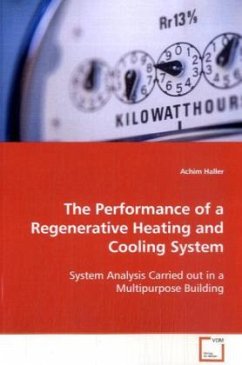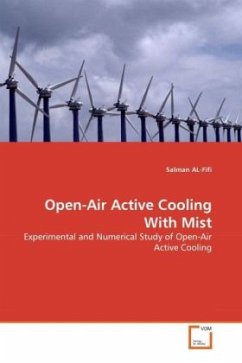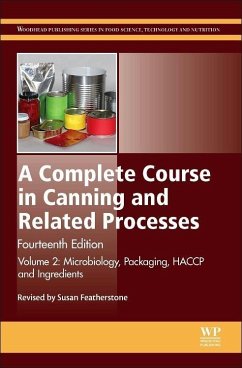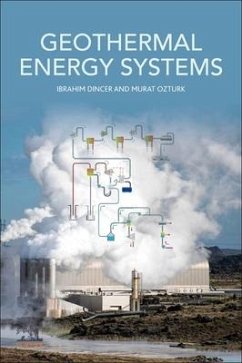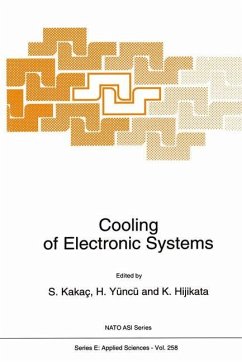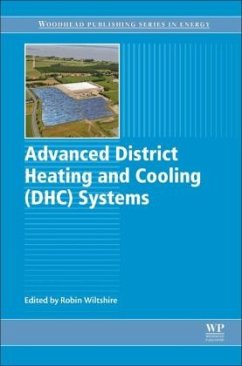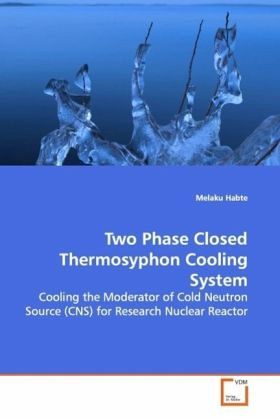
Two Phase Closed Thermosyphon Cooling System
Cooling the Moderator of Cold Neutron Source (CNS) for Research Nuclear Reactor
Versandkostenfrei!
Versandfertig in 6-10 Tagen
68,00 €
inkl. MwSt.

PAYBACK Punkte
0 °P sammeln!
The use of two phase closed thermosyphons has been on the rise in recent years. This is due to the fact that thermosyphons offer very low thermal resistance, are highly efficient and very easy to manufacture. Thermosyphons are especially suitable for applications where there is considerable distance between heat source and heat sink. One such application is in cooling the moderator of cold neutron source (CNS) of research nuclear reactors. However, the operational limit of the closed two phase thermosyphons has been the focus of very few studies. Most of these studies considered only the therm...
The use of two phase closed thermosyphons has been
on the rise in recent years. This is due to the fact
that thermosyphons offer very low thermal
resistance, are highly efficient and very easy to
manufacture. Thermosyphons are especially suitable
for applications where there is considerable
distance between heat source and heat sink. One such
application is in cooling the moderator of cold
neutron source (CNS) of research nuclear reactors.
However, the operational limit of the closed two
phase thermosyphons has been the focus of very few
studies. Most of these studies considered only the
thermosyphon, but have not included the vapor
reservoir. In this book, the fundamental working
principles of Two-Phase Closed Thermosyphon with
Reservoir (TPCTR) is reviewed. The various
operational limits and the effects of the size of
the vapor reservoir on the heat transport capacity
are analyzed. An analytical model is developed and
CFD analysis is carried out to study the nucleate
boiling inside the thermosyphon.
on the rise in recent years. This is due to the fact
that thermosyphons offer very low thermal
resistance, are highly efficient and very easy to
manufacture. Thermosyphons are especially suitable
for applications where there is considerable
distance between heat source and heat sink. One such
application is in cooling the moderator of cold
neutron source (CNS) of research nuclear reactors.
However, the operational limit of the closed two
phase thermosyphons has been the focus of very few
studies. Most of these studies considered only the
thermosyphon, but have not included the vapor
reservoir. In this book, the fundamental working
principles of Two-Phase Closed Thermosyphon with
Reservoir (TPCTR) is reviewed. The various
operational limits and the effects of the size of
the vapor reservoir on the heat transport capacity
are analyzed. An analytical model is developed and
CFD analysis is carried out to study the nucleate
boiling inside the thermosyphon.



